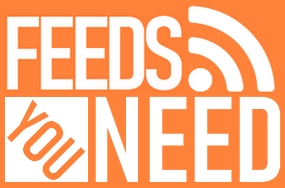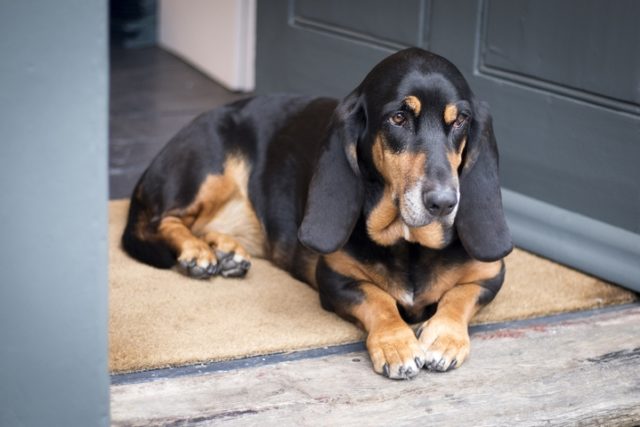Have you recently noticed that your dog is not eating? When your dog refuses to eat, it can be very distressing. Many factors can contribute to a dog’s lack of appetite, including medical, behavioural, environmental, and food-related problems. You should consult your veterinarian immediately to ensure your pet is not suffering from serious problems.
If your vet has confirmed, there are no serious issues. There are some tips and tricks on what to feed a dog who won’t eat:
Feed dog food toppers
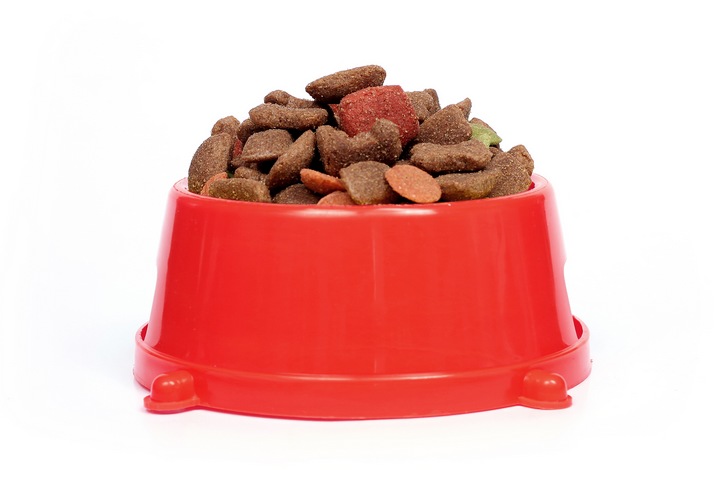
Adding toppers to your dog’s meals provides added flavour and entices them to eat. Toppers come in many different textures and tasty flavours. They increase the palatability of the kibble and add additional nutrition and vitamins to your pet’s diet.
A wet dog food topper is also an extra source of hydration for your pet. Toppers are a great option if your dog is no longer interested in their food.
Feed warm water
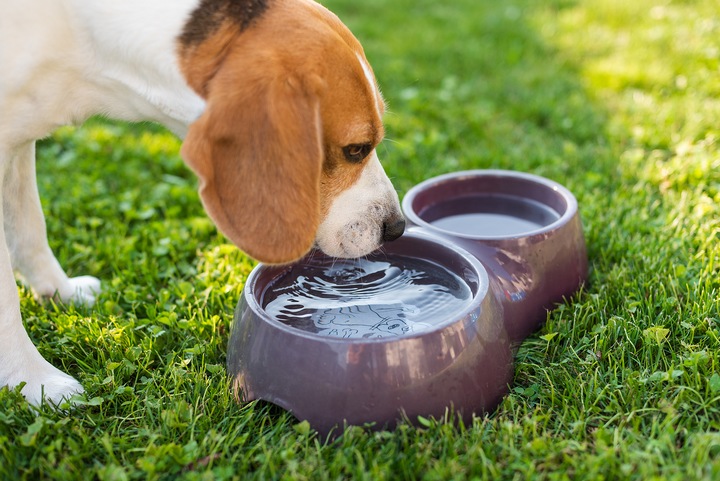
You might find that your dog prefers to have its meals warm. You can tempt your dog to eat by adding a little warm water, around 1/4 cup of filtered water. This will make your dog’s food smell more appealing and enhance the taste.
You can also put the food in the microwave briefly. Be careful not to let it get too hot, and it’s important to keep it at body temperature.
Feed raw dog food
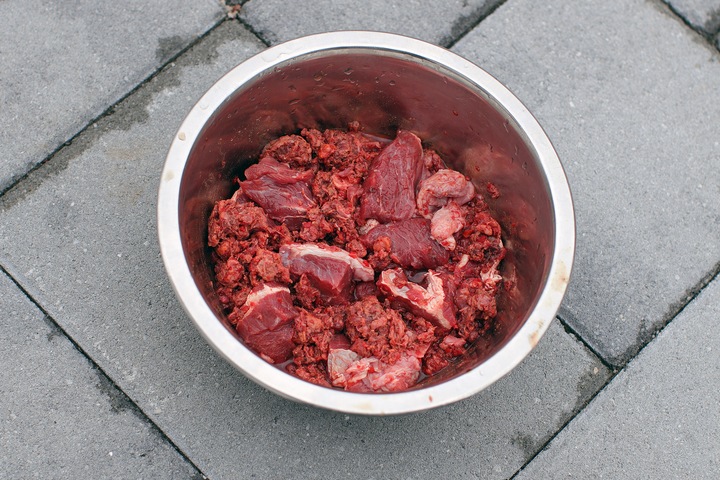
Natural raw dog food is a great way to get your pet excited about eating. Dogs do well on a natural diet high in quality protein and low in carbs and sugars. Feeding your raw dog food is healthier than commercially processed dog food.
Dogs thrive on a raw diet and are designed to consume it. Raw dog food is beneficial for your dog’s digestive and immune systems.
Raw dog food offers many benefits and the health and happiness of your dog. These include decreased body odour improved joint, bone, and dental health. You’ll also notice a positive difference in your pet’s skin coat and how much less they shed after switching to raw!
Feed scheduled meals
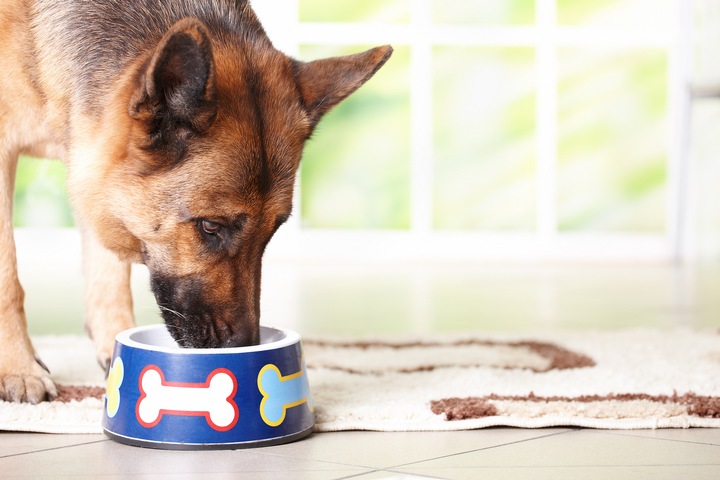
If your dog is not food motivated, it could be because you’re free feeding. It is not recommended that you free-feed your dog, especially if you have a picky appetite. Free-feeding is often a cause of dogs rejecting their meals, as they have become used to having access to food all day and therefore can eat whenever they want.
Free-feeding results in the food are sitting out for a long time, causing the food to lose its tasty aroma. It limits your dog’s overall motivation to eat. When the food sits out for long periods, it also leads to the attraction of pests. Scheduled meals ensure that the food is fresh, hygienic, and pest-free. It also ensures your dog will be eager to eat when mealtime arrives.
Feed broth
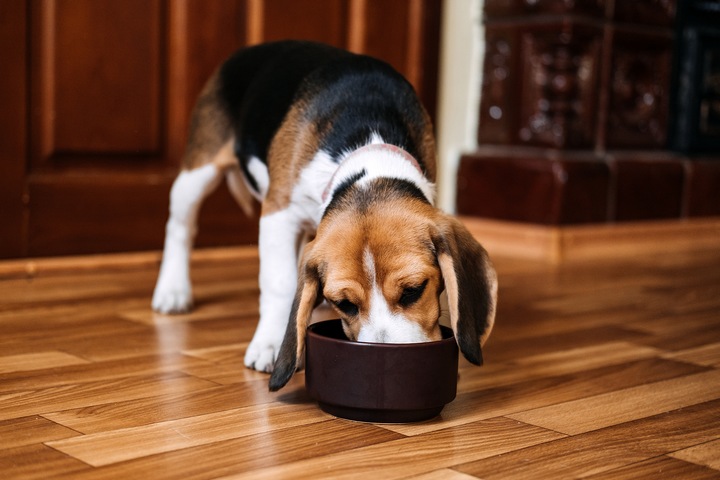
In addition to improving the smell and palatability of your dog’s food, adding broth adds another layer of flavour. If your dog doesn’t get broth as part of their normal eating routine, adding broth could be exactly what they need to get them back into eating again.
You can give your dog vegetable, chicken, or beef broth. If you’re buying broth from a grocery store, choose one that’s organic and non-GMO, and make sure you read the ingredients closely.
Feed unseasoned pumpkin
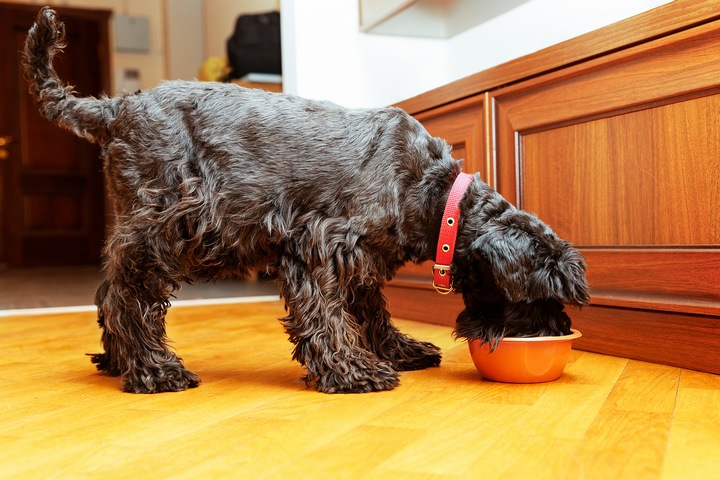
Unseasoned pumpkin is a great choice to feed dogs who won’t eat. Because of its slightly sweet taste, pumpkin makes an excellent dog treat. Pumpkin is high in fibre and contains several vitamins, including iron, magnesium, vitamin A, vitamin C, etc. Feeding your dog a little bit of pumpkin can also ease any digestion issues they may be experiencing.
Adding 1 to 4 tablespoons of unseasoned pumpkin to your dog’s food will provide extra flavour and an all-around immune boost. However, it is important not to give your dog more than a few tablespoons of pumpkin a day because too much pumpkin can be very harmful.
Feed baby food
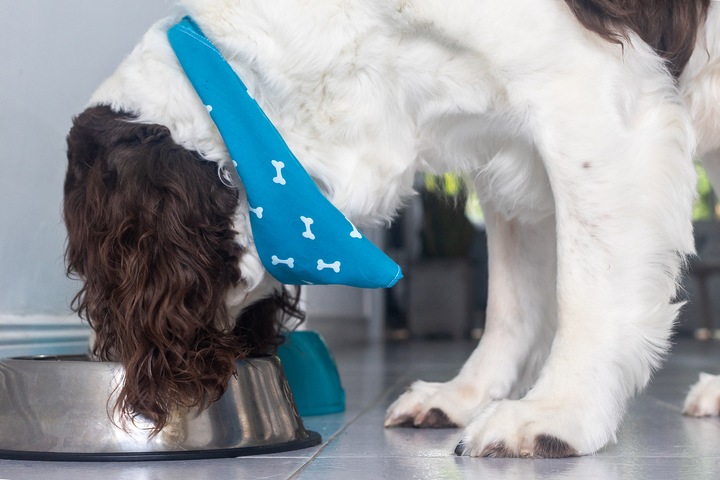
When your dog has a low appetite, they are more likely to show interest in new food. Baby food is great and easy-to-digest food you can give to intrigue your dog to eat. Choose baby foods that are high in protein and low in carbohydrates. These include beef, chicken, turkey, sweet potatoes, and bananas.
Be aware of garlic and onion in the ingredients, as they can be very harmful to your dog. Once in a while, feeding your dog baby food is okay, but keeping it a regular part of their diet is not suggested. Save it for moments when you need to tempt your dog to eat.
